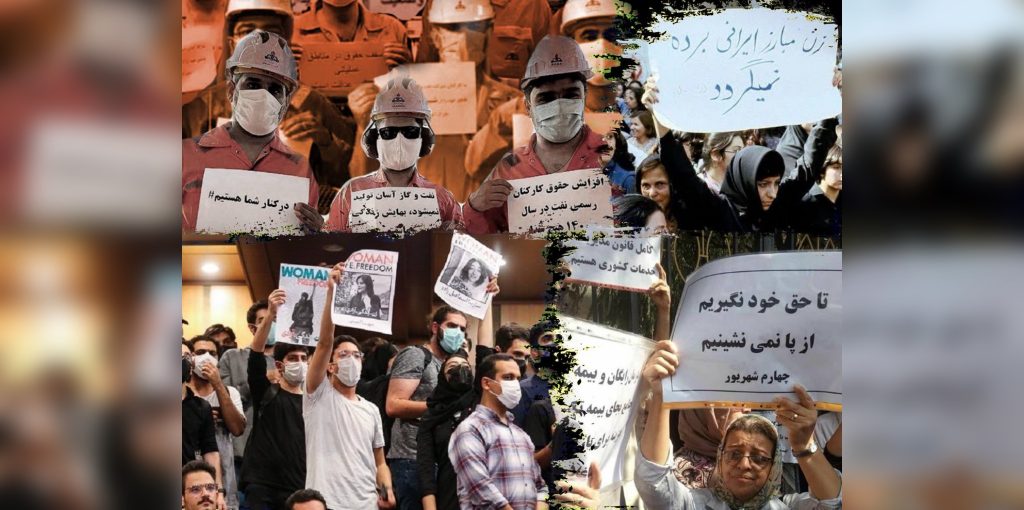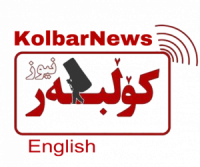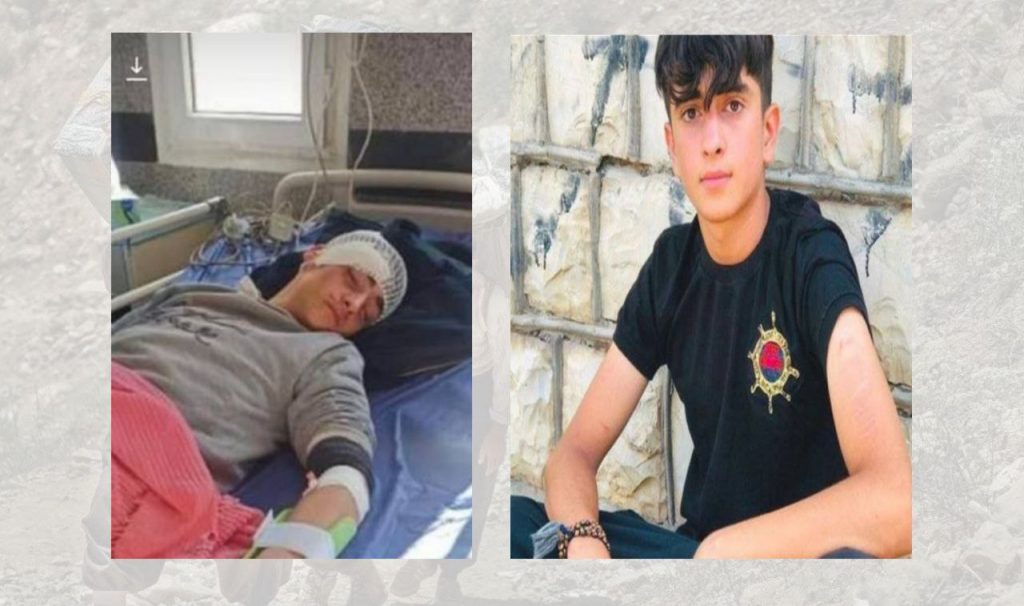
The recent two rounds of presidential electoral shows are noteworthy from several perspectives. The decisive boycott of this charade by the people, who ignored the deceptive presence of government reformists, was undoubtedly a victory. Even votes cast in favor of the government reformist candidate, despite being tainted by harmful naivety, nonetheless bore a mark of disdain for Khamenei and his faction. Additionally, the entire election process, from Raisi’s death to the appointment of “Masoud Pezeshkian” as his replacement, indicates a deepening political crisis within what is referred to as the “hard core of power” in the regime. The fact that the leadership apparatus, while distancing and disqualifying its closest allies from the previous day to consolidate power, suddenly loses its strategy and resorts to the “reformists” it had ousted from power to prevent its downfall, is the clearest sign of this crisis.
Today, the Islamic Republic is under unprecedented pressure from several directions: the spread of public discontent, economic collapse, environmental degradation, the successive shutdown of production centers, widespread corruption, the narrowing of power circles, significant defections at the highest levels of the regime, escalating tensions with the United States and Western governments, and a marked decrease in influence and power in the region. These factors have collectively placed the Islamic Republic in the most challenging circumstances of its existence.
In such conditions, the growth and expansion of the demands movement is grounded in objective realities: over the past four decades, Iranian society has witnessed extensive social changes. The Islamic regime has been unable to impose its desired way of life on this society. People’s lifestyles have changed. Satellite TV, the internet, social medias, music, and other forms of media have entered various aspects of people’s lives. Women have gained access to stadiums and sports arenas. Religion has significantly faded, especially among the youth, and mosques have become less vibrant. Culture and the arts, in areas such as music, literature, and cinema, have broken through the regime’s frameworks of control, censorship, and ideology. The social fabric of Iranian society has also transformed. During the Islamic regime’s rule, Iran’s population has more than doubled. The migration wave from villages to cities has resulted in over twenty million urban slum dwellers, mainly workers and laborers. The outskirts of major cities, with this massive population, have become hotspots for social problems.
However, in contrast to these significant social changes, the regime’s political, ideological, and legal structures, including the constitution, the concept of the Supreme Leader, the Guardian Council, the network of Friday prayer leaders as regime propagandists, the corrupt and oppressive Revolutionary Guards with extensive military power and their grip on all economic sectors as the main supporters of these institutions, have remained unchanged. This contradiction has made governing such a society increasingly difficult for the Islamic regime.
In the current political crisis, directly related to the economic and livelihood issues of the people, the “Jina” revolutionary movement is alive in the heroic struggles of women for freedom in dress and in the demands movements of workers, retirees, nurses, and others. Its political and social achievements, especially in gaining experience, raising awareness, and somewhat organizing, are undeniable.
Workers, women, teachers, nurses, retirees, and urban slum dwellers have not surrendered to these regime pressures and now, within the context of the “Woman, Life, Freedom” revolution, continue to fight to reclaim their rights from the regime’s grip.
People who are driven to the brink by economic pressures have no choice but to roll up their sleeves and, more determined than ever, advance their decisive battle against the perpetrators of this poverty and misery in all areas. Therefore, we emphasize the need to expand the demands movements and the necessity of solidarity and convergence among these movements. The stronger presence of the labor movement, the women’s movement, teachers, retirees, nurses, justice seekers, environmental advocates, and the revolutionary movement in Kurdistan around specific demands is the key to the growth and development of revolutionary conditions in Iran. Because on one hand, the demands movements, due to the regime’s disregard for demands and repressive policies, quickly become politicized and challenge the entire regime, and on the other hand, the organization and leadership necessary for ultimate victory will emerge from within these movements through struggle.

